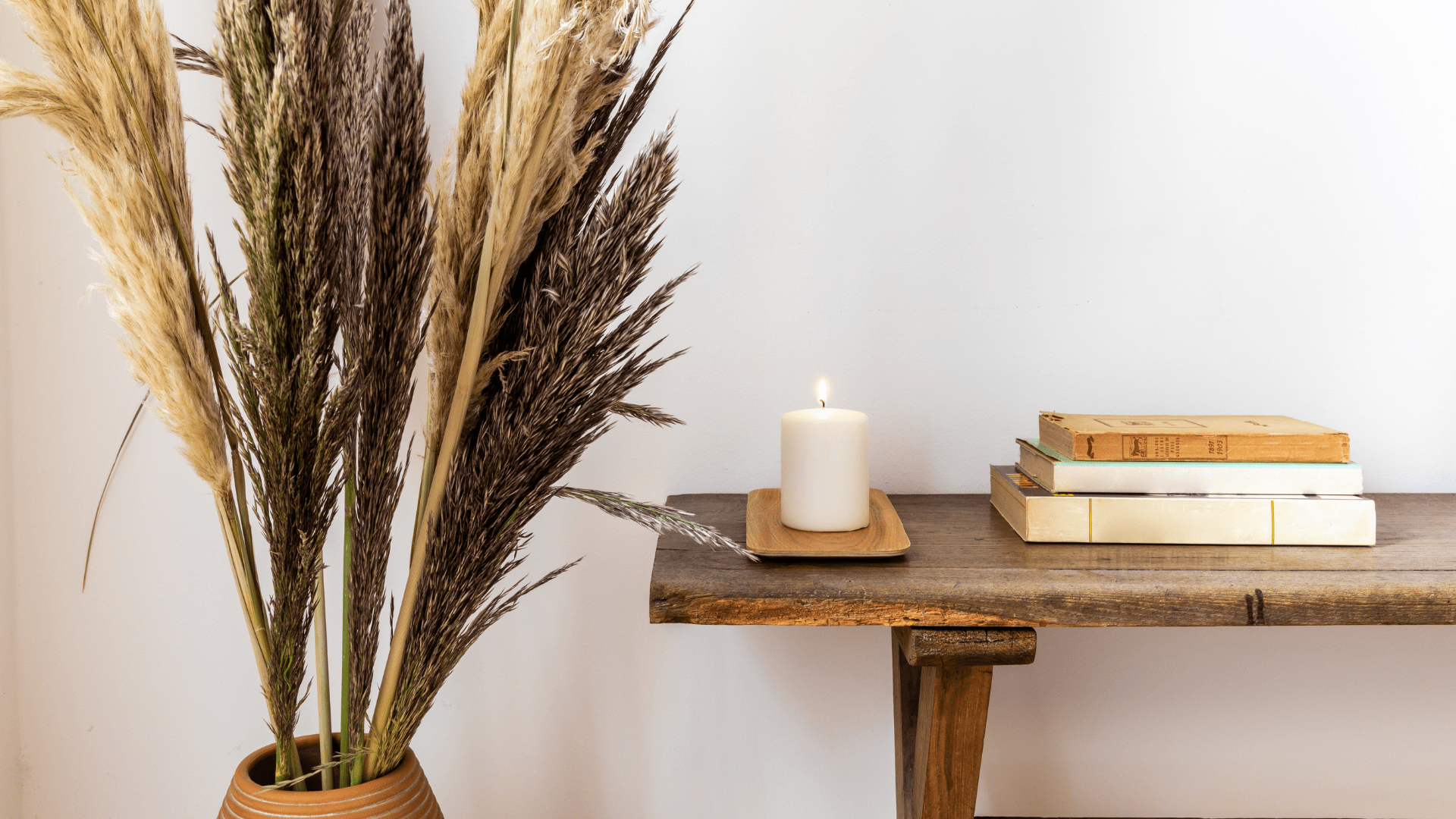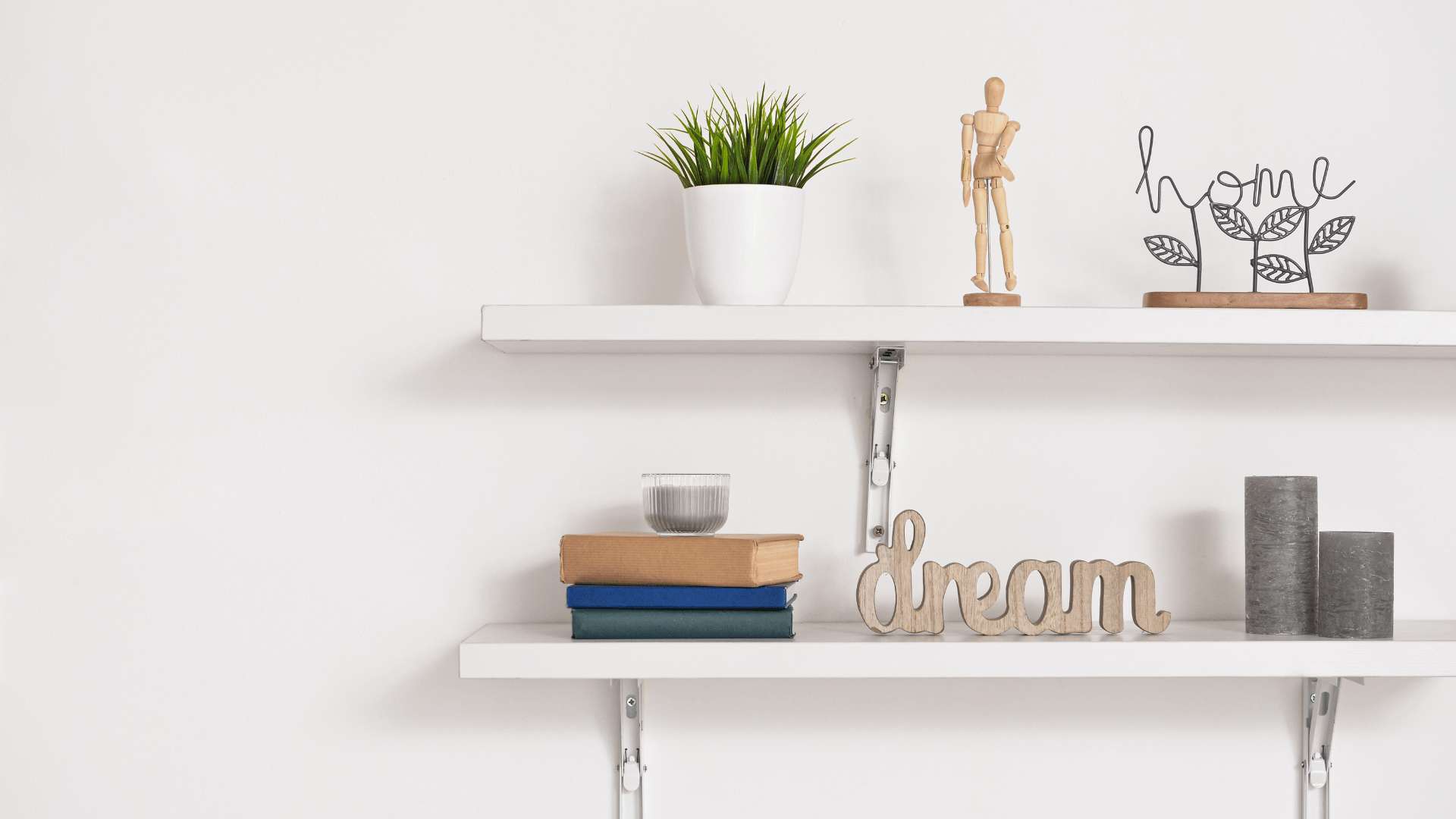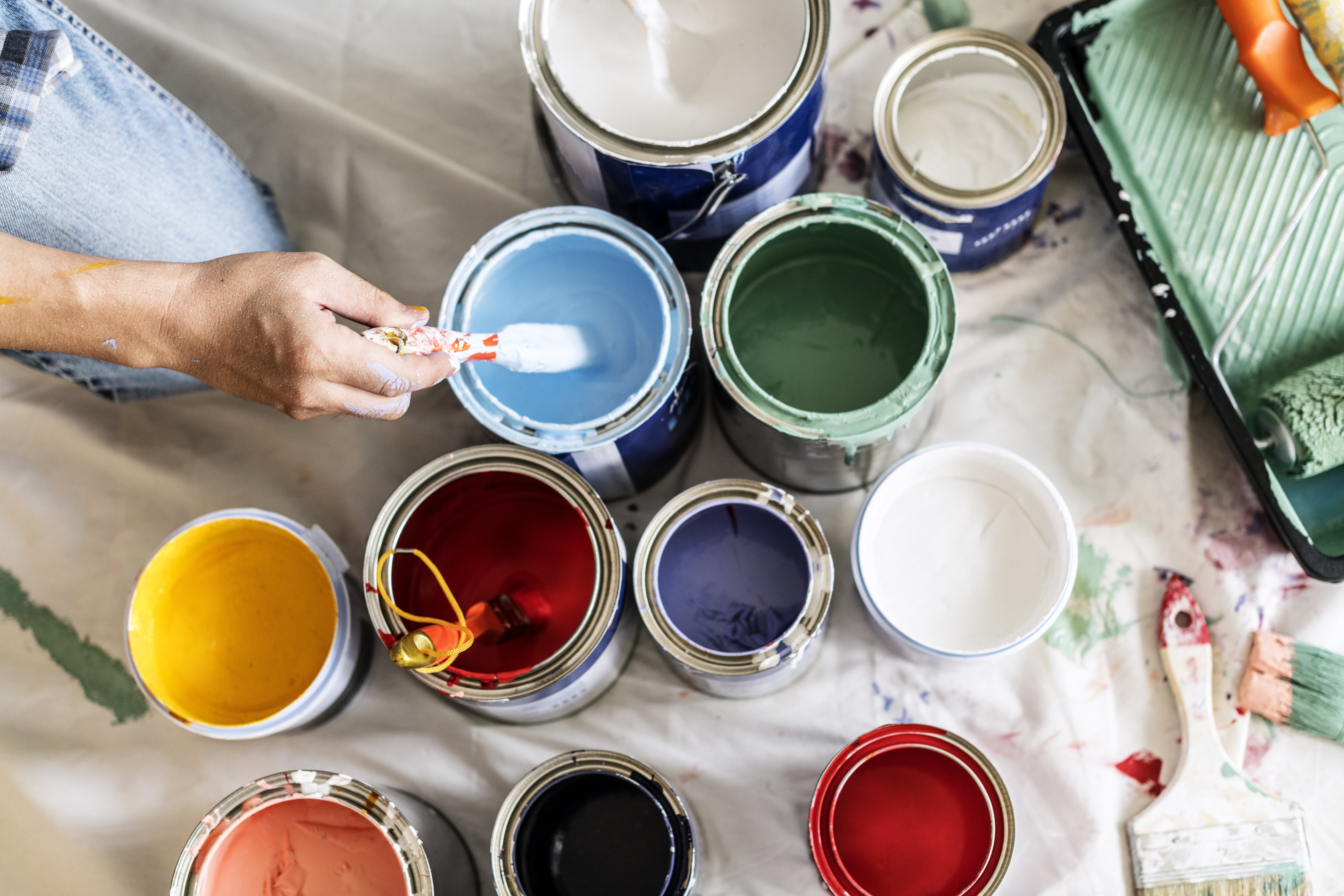It takes time to build a new house, but to make a house feel like home does not have to. While we all have different ideals for our interiors and how to make house homey to us, personal style and decorative finishes tend to do the trick.
Even though they are often considered luxuries rather than necessities, making an indulgent purchase once in a while should not have to break the bank. Basic notions and ideas, perhaps, will inspire and encourage you to make your house a home right now, whether you've lived there for decades or are just moving in.
Not sure where to start? We've compiled a list of eight easy, inexpensive, and helpful tips to make your own home feel evermore welcoming.
1. Hang Art and Add Life to Your Walls
Our subconscious is informed by empty walls and paintings on the floor that we are unable to unwind or settle in. It serves as a reminder that we shouldn't attempt to feel at home just yet because there is so much to do—or that we are unable to do. Especially for homebodies, this is a strange feeling to have.
Even though things will change over time, you can make this your home right now. Thus, hanging art or family photos informs your eyes, brain, and heart that you belong here. This will instantly warm and give your house a cozy atmosphere. In addition, designers frequently advise painting backdrops and hues to your satisfaction before hanging art.
According to Amanda Hamilton, an interior designer and creative director, "Artwork needs to be properly sized based on the scale of the wall, and ensure its not hung too high." To make your house appear more lived in, combine huge items with groups of smaller pieces and to switch up the style and media.
2. Add Plants to Your Space
Foliage is your friend if you're looking for a quick way to make a house feel warm and inviting. The best thing? Bringing a touch of nature in your home can help remove toxins from your home and purify the air, making it a win-win.
Select according to where it will be used and your level of experience. Large potted plants and trees, such as fiddle leaf figs and palms, are better suited for large spaces. Meanwhile, fresh flowers or succulents work well on tabletop arrangements.
Naturally, plants that require sunshine to survive won't work, while those that prefer colder temperatures would dry up if placed in a hot area. If you don't have a green thumb, an easy solution is to arrange a vase of dried flowers. Lavander, hydrangea, and eucalyptus are among the top choices.
3. Make your Home Cozy with Good Lighting
Are you stuck with a room that looks chilly and uninviting even after you've tried everything to make it brighter with flowers and art? Think about changing your light sources.
As simple as it may seem, layering and adding light fixtures may completely change a room's mood and create a cozy, warmth feeling. Being able to control and soften lighting will transform a space.
It is advisable to avoid using any strong, fluorescent overhead light bulb. It can make people feel anxious, which is the exact opposite of what we want. Instead, use candles, string lights, or fairy lights to produce a warm glow and make the space feel calm.
Make sure you have enough natural light, floor and table lights, and candles (ideally scented). Adding table lamps to consoles is a nice touch near your front door or dining room table. For a living room that might be a bit tight, look for a floor lamp with a base that can tuck under your sofa to save space.
Make lighting clusters where you want the focal point when the sun sets. If, for budgetary reasons, adding more lights and reconfiguring your lighting arrangement is not an option, at least ensure that warm bulbs are the only ones you use in the rooms you wish to be cozy.
4. Bring Together Furniture and Aesthetics with a Rug
Although laminate and hardwood floors are fantastic, they can get cold underfoot during colder seasons. The same is true with tiles. A large area rug will quickly warm up the space.
People will occasionally make the rug the focal focus of their space, choosing furnishings, wall art, pillows, and paint colors based on the rug's color and/or design.
By choosing a rug that has a couple of the major furniture colors in it, you can mix and match pieces that didn't originally "go together." The rug's design, color scheme, and size can unify the room with the furniture that is already in place.
5. Incorporate Texture Into Your Home
Textural artifacts that you enjoy or feel compelled to touch should be displayed in your home. Texture is a material's surface property, which adds depth and create a cozy atmosphere.
- Woven baskets with extra cushions and throw blankets should be placed.
- Use appealing fabrics like chunky knit, velvet, faux fur, and linen.
- Pile the pillows on.
- Combine accessories made of leather, porcelain, and wood will result in pleasing tactile experiences and feelings.
- A simple but well-styled book shelf is a low-cost and efficient method to add texture to a room.
- Stack your books if you don't have a shelf. Stacks are visually appealing if they are neat.
In addition, use a calming color palette. It may be preferable to paint your walls in color combinations that reduce stress and make you feel good rather than your favorite hue. Colors found in nature can be a good starting point, with gentle blues, greens, pinks, and neutrals coming out on top, while bright, neon, and some dark tones are claimed to have the opposite impact.
6. Add More Throws and Curtains
What are cushions and throws used for if not to make our homes feel more welcoming? Draping soft blankets and hanging thick curtains are age-old tactics for giving a plain area a more characterful appearance and pleasant, relaxed feel.
Do you use blinds or sheers? Try replacing your lighter weight curtains with rich heavy drapes with thermal lining in the winter for an extra layer of warmth. They will not only aid to retain heat, but will also - you guessed it - add to the room's warmth.
Layer sofas with two to three different sizes of pillows and ensure they vary in texture and/or pattern but complement each other well. Add cozy throws to provide ample opportunity to curl up on the bed or couch, and perhaps even hide unsightly seats if necessary.
7. Invest in Home Improvements
When it comes to cozy living, comfort is everything, so what good is a couch if it doesn't deliver? Day-to-day chores, such as meal preparation and laundry, should also be simple. A low-power shower will only cause stress, which will be detrimental to your search for a cozy home.
Allow yourself to spend money on products that will increase the quality of your home life, such as showers, stoves, heaters, mattresses, and sofas, and you will feel much better. Shop around for styles that work best for you, and if money is an issue, look for bargains at thrift stores and second-hand stores.
8. Organize, Tidy, and Designate a Spot for Everything
Are you familiar with the expression "a tidy house equals a tidy mind"? While it may appear strange to people who prefer floor-drobes to their hidden cupboard counterparts for storing clothes, there is logic behind it, as clutter and untidiness can generate emotions of tension.
If your countertops and dining table are stacked high with unclean plates and your clothes has gone unwashed for weeks, it's no surprise that your home doesn't seem very welcoming.
Make an effort to deep clean and tidy on a regular basis, and invest in more storage if necessary. Keep surfaces free of overdue invoices and dirty bowls, and watch as feelings of discomfort fade.






